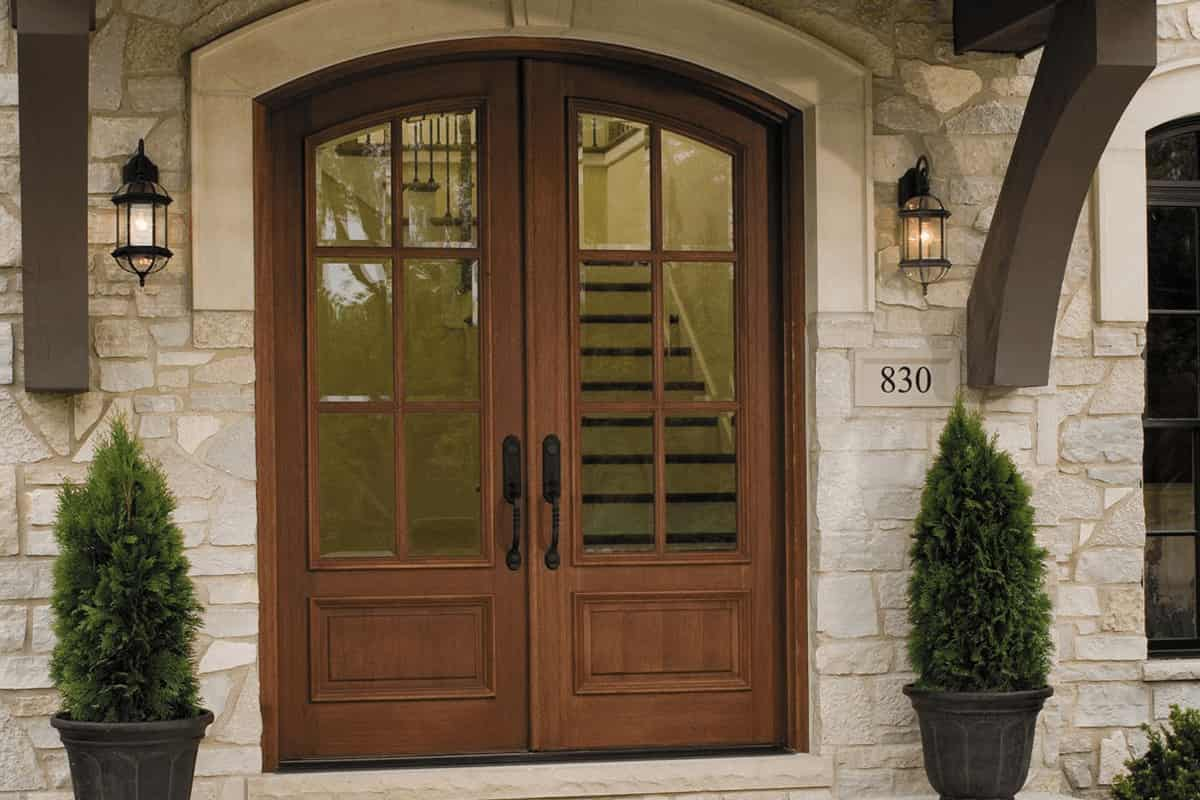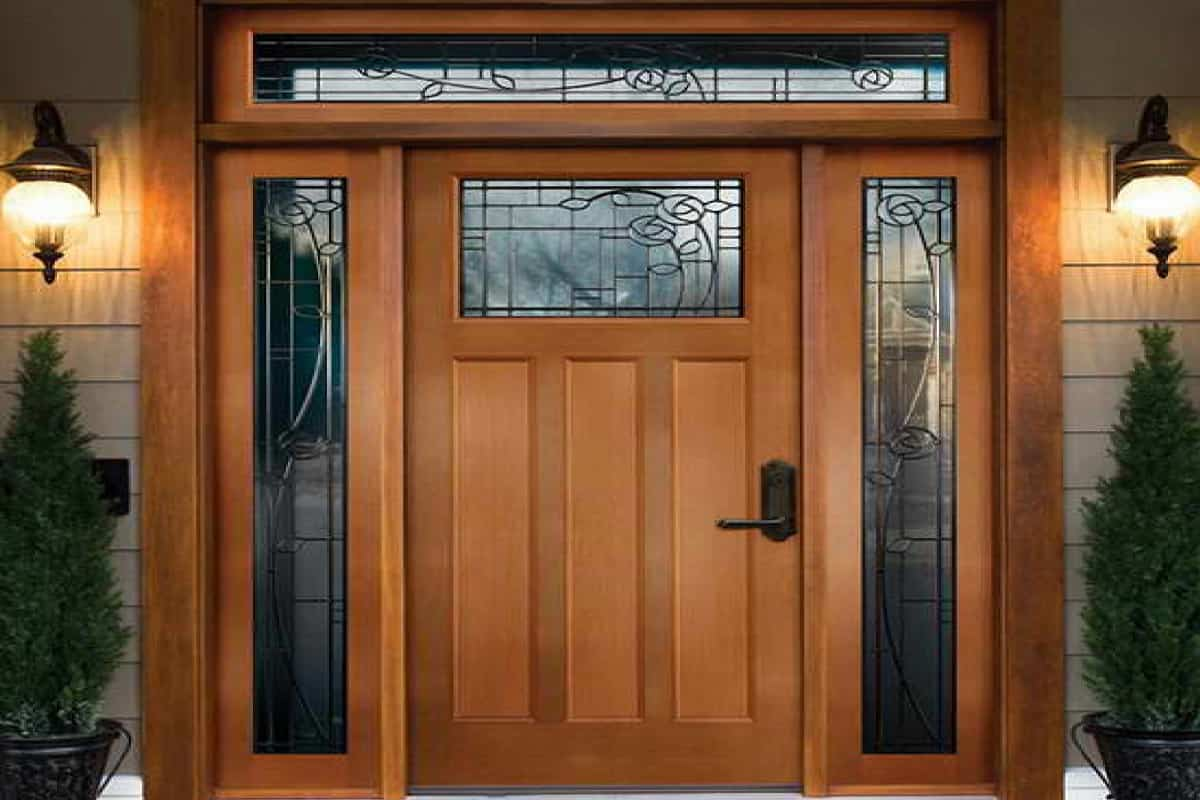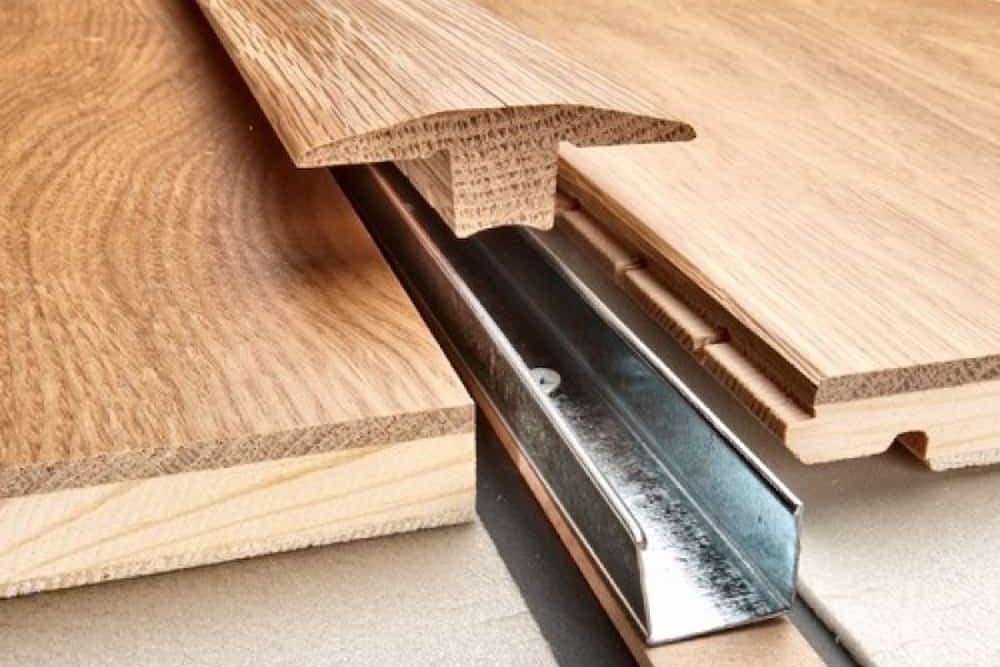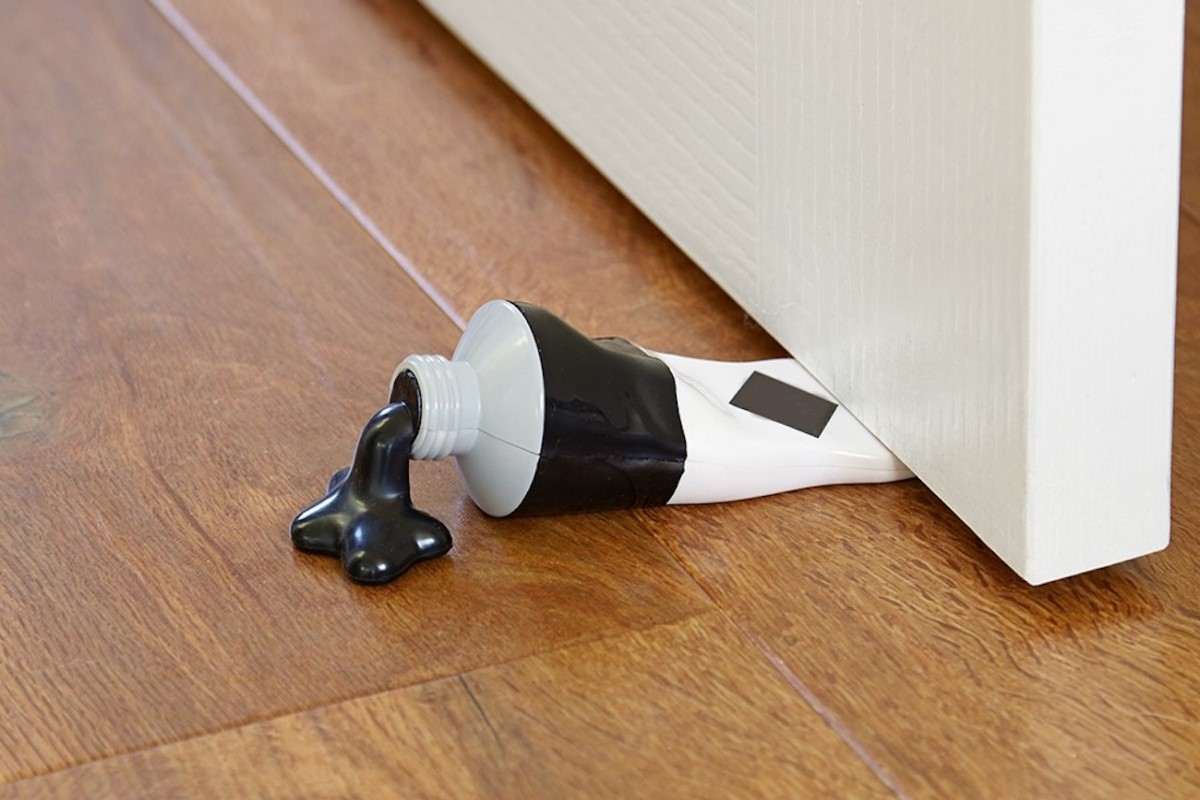pieces of equipment or also called ‘hardware sets’ for interior door types are among the available products we offer with various standards and finishes.
What is interior door hardware?
If your doors are prepared in this way, you may begin browsing our enormous range of door hardware since the majority of items will work with your doors. Continue reading this tutorial for additional details on the many kinds, uses, and applications of door hardware. You’re searching for door equipment or other hardware items for your house, then. Learn more about door equipment, functions, finishes, and other vital facts by reading this short guide. Instead of having to purchase, return, and reorder the products you need, it is simpler and less expensive to get the right things the first time. Dimensional Standards for Doorknobs Identifying your needs is the first step in acquiring door hardware. It’s crucial to know how your door is prepared before learning about the various doorknob functions so that you don’t purchase knobs that can’t be utilized. You should measure your door’s thickness, borehole and cross bore sizes and backset. There are many distinct roles for doorknobs, including those for closet doors, bathroom doors, and outdoor doors. Here is a brief description of each category and its intended purpose. Exterior doors often have entry or keyed entry knobs. Depending on the manufacturer, the inner side of a keyed entry knob will differ. On the left, a push-button lock that releases when the knob is cranked is within a keyed cylinder on the exterior. Some manufacturers of door hardware include a manually unlockable turn button on the knob itself. The external doors of the house, the garage, and the door between the garage and the house all often have keyed entry doorknobs. You must also acquire a lock if any of these doors have two sizable holes drilled or bored into them. Doorknobs on passageways are non-locking. They lack locking buttons or keyed cylinders. In closets, laundry rooms, and other rooms that do not require a privacy lock, passage, hall, and closet doorknobs are utilized. Depending on the manufacturer, privacy or bath and bedroom door handles may differ. On the left, a push button lock that unlocks when the knob is rotated is visible within a pinhole on the exterior. Some manufacturers of door hardware may place a pinhole on the tip of the knob in place of the rosette as pictured and a turn button that must be manually unlocked on the knob itself.  Using the supplied generic key, which is put into the pinhole on the rosette or knob, bed and bathroom knobs may be opened. Although a keyed lock is not required, privacy doorknobs are often used in bathrooms and bedrooms or any place else where seclusion is desired. Dummy knobs are one-sided and resemble false knobs because they lack functional components. Depending on the manufacturer, the installation technique may change. They are often installed on the surface or from behind, much like a door knob. Due to their frequent usage on sets of double doors, fake knobs are sometimes offered in pairs (double dummy). Shallow doors often employ dummy knobs. Shallow doors are difficult to enter and need a knob to exit since you never enter and shut the door behind you. With a heavy throw bolt put into the jamb, deadbolts are utilized to firmly lock the door. There are single-cylinder and double-cylinder varieties of deadbolts. Single-cylinder deadbolts lock and unlock the door with a thumb turn on the inside and have a keyed cylinder on the outside. Keyed cylinders are located on both sides of double cylinder deadbolts. On external doors, single-cylinder deadbolts are often used in conjunction with a keyed door knob or lever handle. Single-cylinder deadbolts are opened by turning a thumb turn on the inside and a key on the outside. When visitors arrive at your house, do you want to make a good first impression? The simplest method to achieve this is to upgrade your handle set. Choose from the several handle set designs and finishes shown above.
Using the supplied generic key, which is put into the pinhole on the rosette or knob, bed and bathroom knobs may be opened. Although a keyed lock is not required, privacy doorknobs are often used in bathrooms and bedrooms or any place else where seclusion is desired. Dummy knobs are one-sided and resemble false knobs because they lack functional components. Depending on the manufacturer, the installation technique may change. They are often installed on the surface or from behind, much like a door knob. Due to their frequent usage on sets of double doors, fake knobs are sometimes offered in pairs (double dummy). Shallow doors often employ dummy knobs. Shallow doors are difficult to enter and need a knob to exit since you never enter and shut the door behind you. With a heavy throw bolt put into the jamb, deadbolts are utilized to firmly lock the door. There are single-cylinder and double-cylinder varieties of deadbolts. Single-cylinder deadbolts lock and unlock the door with a thumb turn on the inside and have a keyed cylinder on the outside. Keyed cylinders are located on both sides of double cylinder deadbolts. On external doors, single-cylinder deadbolts are often used in conjunction with a keyed door knob or lever handle. Single-cylinder deadbolts are opened by turning a thumb turn on the inside and a key on the outside. When visitors arrive at your house, do you want to make a good first impression? The simplest method to achieve this is to upgrade your handle set. Choose from the several handle set designs and finishes shown above. 
Types of interior doors: MDF, wood, glass
Give your entrance door the beauty of a high-quality handle set rather than simply a standard doorknob and lock. Typically, you need a handle set with a single-cylinder deadbolt if you just have one door. With a key on the exterior and a thumb turn on the inside, the deadbolt may be locked or unlocked. The twin-cylinder lock handle set should be taken into consideration if your front door is made of glass. There are many different arrangements for French doors. One of the most popular uses is to have a door with one side fixed and the other one moveable. Typically, the operable door may latch against a wood piece trim along the border of the fixed door. You would order a privacy or passage knob for the operable side and install it the same way you would on any other door, with the exception that the strike is put on the edge of the inoperable door. Since there often isn’t even a little hole cut into the fixed inoperable door, you may attach a fake doorknob on either side of it. There are a few finishes-related considerations to make when choosing door hardware.
- Different companies may use the same finish name or finish code, but it doesn’t guarantee an identical match.
- Electrical and plumbing fittings with the same finish [name] as door equipment are not always identical.
- Because of points 1 and 2, it is usually preferable to stick as closely as you can to a brand. However, most brands are near enough to one another that most consumers won’t be able to tell the difference unless the products are placed directly next to one another.
Additionally, oil-rubbed bronze and old bronze are living finishes that will alter over time, exposing more of the color behind the deeper brown tint. Polished Brass may tarnish if used outdoors; the degree of change will depend on the brand you purchase.  If you wish to utilize a polished brass finish outside, you should get the Polished Brass PVD finish, which is suited for outdoor usage. Pewter may have a flat surface or an antiqued nickel shiny finish; this will depend on the brand. Interior door available finishes All Interior door coatings and available finishes must be durable, visually acceptable, and resistant to fluctuations in humidity and temperature. Which finish is preferable for interior doors? What kind of finish will be dependable and long-lasting? These queries often come up among people who choose to replace the doors that separate rooms while remodeling a space. Modern manufacturers provide a large selection of door slabs with a variety of ornamental finishes, each with a unique look, level of durability, and resistance to wear. You must be aware of the coatings in order to pick the right door design. We’ll discuss numerous ornamental slab finishes, including their benefits and drawbacks, in this post. The door units you require may then be purchased after making an informed decision. DOOR FINISHES: TYPES the basic components for decorating doors: Laminate. PVC movie. Enamel. smooth veneer. genuine veneer Materials for paint and varnish. CPL-plastic. Polypropylene. They are all ecologically benign and do not release any poisonous compounds that might endanger the environment, animals, or people.
If you wish to utilize a polished brass finish outside, you should get the Polished Brass PVD finish, which is suited for outdoor usage. Pewter may have a flat surface or an antiqued nickel shiny finish; this will depend on the brand. Interior door available finishes All Interior door coatings and available finishes must be durable, visually acceptable, and resistant to fluctuations in humidity and temperature. Which finish is preferable for interior doors? What kind of finish will be dependable and long-lasting? These queries often come up among people who choose to replace the doors that separate rooms while remodeling a space. Modern manufacturers provide a large selection of door slabs with a variety of ornamental finishes, each with a unique look, level of durability, and resistance to wear. You must be aware of the coatings in order to pick the right door design. We’ll discuss numerous ornamental slab finishes, including their benefits and drawbacks, in this post. The door units you require may then be purchased after making an informed decision. DOOR FINISHES: TYPES the basic components for decorating doors: Laminate. PVC movie. Enamel. smooth veneer. genuine veneer Materials for paint and varnish. CPL-plastic. Polypropylene. They are all ecologically benign and do not release any poisonous compounds that might endanger the environment, animals, or people. 
The best Interior door hardware
Because of this, door styles with any kind of ornamental finish may be put in apartments, single-family homes, businesses, and office buildings. Each of these finishes has benefits and disadvantages of its own; even the costliest finish has drawbacks. When determining which coating to use for a residential, commercial, or business facility, all of these considerations must be made. COMPOSITE LAMINATE Returning to the list of the winners This finish is constructed of laminate, which is sheet paper that has been treated with particular resins while being heated up. This ornamental treatment choice is the least costly; it is most often employed in the production of low-cost door framework slabs with honeycomb infill. Laminate mimics the shading and drawing of many wood kinds and species, but it falls short of accurately capturing the beauty of real wood. Products with the same type or color seem precisely the same; you won’t notice any variations in tone or texture, which reveal the finishing material’s synthetic origin. Using laminate manufacturing technology, you can complete items from several batches and yet obtain the same drawing and color. The ornamental laminate coating is water- and steam-resistant. It is possible to clean it using water and non-abrasive detergents.  However, laminate is vulnerable to mechanical harm; it is wary of scuffs, abrasions, and unintentional strikes. Vinyl sheets Returning to the list of the winners The polyvinyl chloride (PVC) sheet finish is both aesthetically pleasing and useful. The ornamental PVC coating can withstand heat, sunshine, and moisture. Although it has considerable mechanical strength, sharp items may scratch it. PVC door finishes are available in single colors and in wood-like patterns. PVC-covered slabs appear fairly nice, yet the texture’s artificiality is quite obvious, much as with laminate. If you’re working with a limited budget, doors with the finish are a suitable choice. Polyvinyl chloride is not good at resisting temperature fluctuations or absorbing moisture. It is firmly and safely fastened to the product’s surface. Therefore, “wet” regions and technical rooms may be equipped with PVC-finished door designs. ENAMEL Returning to the list of the winners A combination of synthetic resins, polymeric materials, colored pigments, and varnish make up the enamel coating. The finish’s surface mimics the feel of real wood when touched. UV rays, high temperatures, high humidity, and other harmful environmental conditions are not harmful to this sort of finish. Dust and debris from the enamel surface may be readily removed/wiped with a moist/wet sponge, duster, rag, or cloth, and it does not scratch or wears off over time.
However, laminate is vulnerable to mechanical harm; it is wary of scuffs, abrasions, and unintentional strikes. Vinyl sheets Returning to the list of the winners The polyvinyl chloride (PVC) sheet finish is both aesthetically pleasing and useful. The ornamental PVC coating can withstand heat, sunshine, and moisture. Although it has considerable mechanical strength, sharp items may scratch it. PVC door finishes are available in single colors and in wood-like patterns. PVC-covered slabs appear fairly nice, yet the texture’s artificiality is quite obvious, much as with laminate. If you’re working with a limited budget, doors with the finish are a suitable choice. Polyvinyl chloride is not good at resisting temperature fluctuations or absorbing moisture. It is firmly and safely fastened to the product’s surface. Therefore, “wet” regions and technical rooms may be equipped with PVC-finished door designs. ENAMEL Returning to the list of the winners A combination of synthetic resins, polymeric materials, colored pigments, and varnish make up the enamel coating. The finish’s surface mimics the feel of real wood when touched. UV rays, high temperatures, high humidity, and other harmful environmental conditions are not harmful to this sort of finish. Dust and debris from the enamel surface may be readily removed/wiped with a moist/wet sponge, duster, rag, or cloth, and it does not scratch or wears off over time. 
Ways to buy a better interior door that catches your attention
Enamel doors in a variety of tones and hues are available in our factory catalog: White. white with a patina of silver. pale gray Silver patina with a light gray hue. Ivory. The gold patina on ivory. Graphite. Pearl. Anthracite. Cappuccino. Vanilla. Gray. Primed. Other RAL varieties With so many options, enamel slabs may match any color scheme in the space. Enamel-finished door designs may be paired with any home design theme. In order for the items to blend seamlessly into the overall décor, the color of the slabs is often chosen in line with the hue of the walls or furnishings. Additionally, you may install door units in a contrasting color to effectively use them as a room accent.  VENEER IN FINE LINE Returning to the list of the winners A naturalistic-facing material with good aesthetic and functional qualities is a fine-line veneer. It is constructed with sheets of rotary-cut natural wood veneer that have been painted, glued, and pressed to create a finish with a distinct texture and color. With the use of fine-line veneer fabrication technologies, any wood species may be accurately imitated. Furthermore, there are no knots, nodules, inconsistencies, or other flaws in the material. Due to its uniform texture, fine-line veneer doors seem classy and sophisticated. The slabs are finished with a weatherproof lacquer for further protection. Even when the door is in use, a fine-line veneer is resistant to wear and does not fade or peel off. The finish is resistant to excessive humidity and temperature drops. NORMANDY VENEER Returning to the list of the winners Thin sheets of priceless wood species are used to create the natural veneer finish. Most often, pieces of Milanese walnut, ash, oak, and other species are utilized in its production. Each block of natural veneer has a distinct drawing and hue; two doors that are exactly the same do not exist. Internal models with wood veneer are treated in a wear-resistant lacquer to shield them from the effects of humidity and mechanical harm. The capacity to be repaired is another benefit of natural veneer. Finish sanding and a fresh coat of paint or varnish may fix small scratches and abrasions. The increased cost of items with wood veneer is their lone drawback. These items cost more than final slabs with fake veneer. paint, varnish, and toning supplies Returning to the list of the winners The face of the door slab is coated with many coats of clear or colored varnish to achieve painting. Products with tints are resistant to temperature drops and humidity. They blend well with eco-interiors and offer the stunning appearance of real wood. Strong paint and varnish finishes do not flake off, peel off, or change color while in use. Ensure that the slabs do not emit/emanate an unpleasant “chemical” smell that might be harmful to human health before purchasing thin doors. read more: exterior door fiberglass door
VENEER IN FINE LINE Returning to the list of the winners A naturalistic-facing material with good aesthetic and functional qualities is a fine-line veneer. It is constructed with sheets of rotary-cut natural wood veneer that have been painted, glued, and pressed to create a finish with a distinct texture and color. With the use of fine-line veneer fabrication technologies, any wood species may be accurately imitated. Furthermore, there are no knots, nodules, inconsistencies, or other flaws in the material. Due to its uniform texture, fine-line veneer doors seem classy and sophisticated. The slabs are finished with a weatherproof lacquer for further protection. Even when the door is in use, a fine-line veneer is resistant to wear and does not fade or peel off. The finish is resistant to excessive humidity and temperature drops. NORMANDY VENEER Returning to the list of the winners Thin sheets of priceless wood species are used to create the natural veneer finish. Most often, pieces of Milanese walnut, ash, oak, and other species are utilized in its production. Each block of natural veneer has a distinct drawing and hue; two doors that are exactly the same do not exist. Internal models with wood veneer are treated in a wear-resistant lacquer to shield them from the effects of humidity and mechanical harm. The capacity to be repaired is another benefit of natural veneer. Finish sanding and a fresh coat of paint or varnish may fix small scratches and abrasions. The increased cost of items with wood veneer is their lone drawback. These items cost more than final slabs with fake veneer. paint, varnish, and toning supplies Returning to the list of the winners The face of the door slab is coated with many coats of clear or colored varnish to achieve painting. Products with tints are resistant to temperature drops and humidity. They blend well with eco-interiors and offer the stunning appearance of real wood. Strong paint and varnish finishes do not flake off, peel off, or change color while in use. Ensure that the slabs do not emit/emanate an unpleasant “chemical” smell that might be harmful to human health before purchasing thin doors. read more: exterior door fiberglass door




